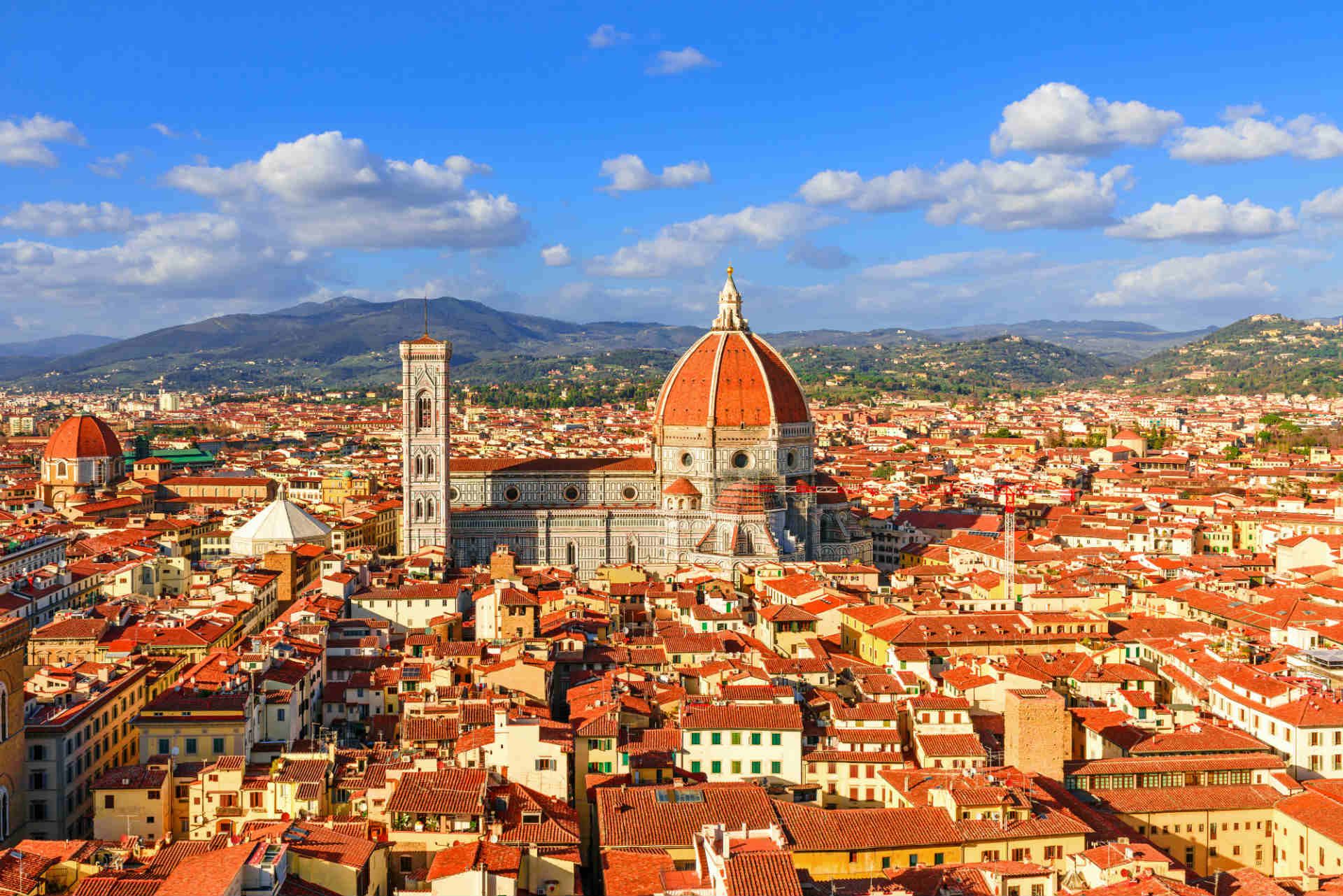The Renaissance, a period of profound cultural, artistic, and intellectual flourishing, holds a special place in history as a time of rebirth and innovation. But why did this transformative movement begin in Italy, and what factors contributed to Italy’s emergence as the epicenter of the Renaissance? Delving into the rich tapestry of Italian history, we uncover the unique blend of social, economic, political, and cultural forces that converged to fuel the Renaissance in the heart of Italy.
Rediscovering Classical Antiquity
One of the key factors behind the Renaissance’s emergence in Italy was the region’s deep connection to the legacy of ancient Rome and Greece. Italy, with its rich archaeological heritage and proximity to the sites of classical antiquity, served as a natural incubator for the revival of classical learning and artistic inspiration. Renaissance scholars and humanists, inspired by the ideals of ancient Greece and Rome, sought to emulate the achievements of their classical predecessors, igniting a fervent pursuit of knowledge and cultural revival.
Flourishing City-States
Italy’s city-states, including Florence, Venice, Rome, and Milan, were vibrant hubs of commerce, trade, and intellectual exchange during the Renaissance period. The prosperity and wealth generated by trade routes linking Europe to the East fueled a burgeoning merchant class and patronage system that provided the financial support necessary for artistic and intellectual endeavors. The competitive spirit among city-states fostered a dynamic cultural environment, driving innovation and creativity across various disciplines.
Support for the Arts and Sciences
Central to the Renaissance was the patronage of wealthy merchants, bankers, and noble families who generously supported artists, scholars, and thinkers. These patrons, known as “mecenati,” commissioned artworks, sponsored literary works, and funded scientific research, providing the financial backing and encouragement needed for creative expression to flourish. Prominent patrons such as the Medici family in Florence and the Sforza dynasty in Milan played a pivotal role in shaping the Renaissance landscape, elevating Italy’s status as a cultural powerhouse.
The Birth of Humanism
The Renaissance was characterized by a profound shift in intellectual thought, known as humanism, which emphasized the study of classical texts, human potential, and individualism. Humanist scholars such as Petrarch, Boccaccio, and Pico della Mirandola spearheaded a revival of classical literature, philosophy, and arts, promoting a secular worldview and celebrating the dignity and agency of the individual. The humanist movement, with its focus on critical inquiry, linguistic scholarship, and cultural exchange, laid the groundwork for the Renaissance’s intellectual and artistic achievements.
Italy’s Strategic Position
Italy’s strategic geographical location at the crossroads of Europe and the Mediterranean played a crucial role in the Renaissance’s emergence. Situated at the nexus of trade routes connecting the East and West, Italy benefited from the exchange of ideas, goods, and technologies that flowed through its ports and cities. The decentralized political structure of Italian city-states, characterized by a balance of power and rivalry among competing factions, provided fertile ground for experimentation and innovation, fostering a spirit of independence and creativity.
A Melting Pot of Influences
Italy’s position as a cultural crossroads enabled the fusion of diverse artistic, intellectual, and scientific influences from across Europe, the Middle East, and North Africa. The influx of scholars, artists, and merchants brought new ideas, techniques, and perspectives to Italy, enriching its cultural landscape and fueling artistic experimentation. The blending of classical, Byzantine, Islamic, and medieval traditions gave rise to a vibrant synthesis of styles and genres that defined the Renaissance aesthetic.
Italy’s Renaissance Legacy
In conclusion, the Renaissance’s origins in Italy can be attributed to a confluence of factors, including Italy’s rich classical heritage, urban centers of commerce, patronage system, intellectual ferment, geographical position, political context, and cultural fusion. Italy’s Renaissance legacy endures as a testament to the power of human creativity, innovation, and cultural exchange to shape the course of history. By unraveling the complexities of Italy’s Renaissance, we gain insights into the transformative forces that propelled Europe into a new era of enlightenment and artistic expression.
